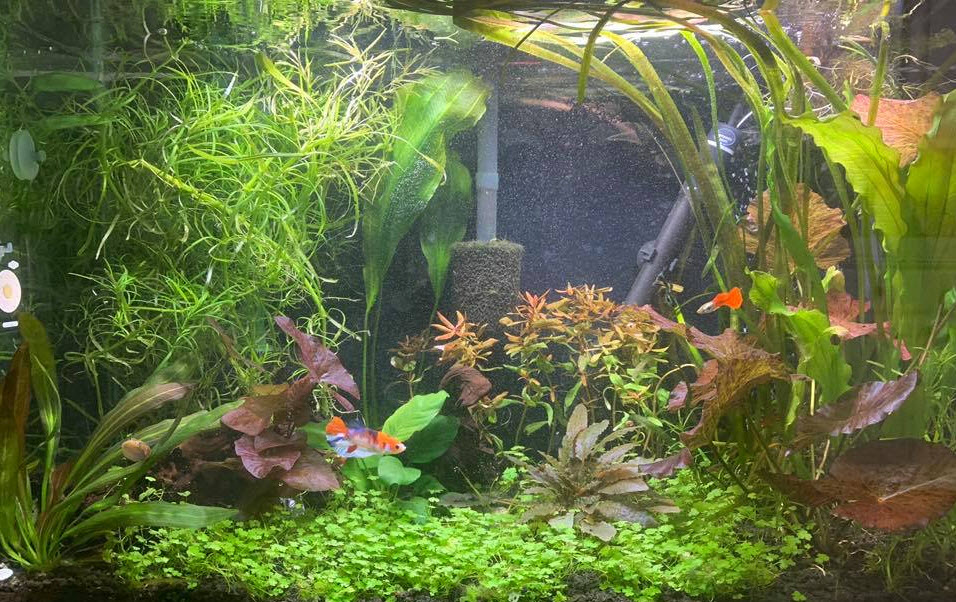
Two tests were run, both of which showed that the substrate in an aquarium does little in the way of biofiltration. Each of the tests was run as a “side test” to tests of filters.
Abstract
A test of the ammonia oxidizing capability of one inch of gravel substrate was set up and tested. This test looked at the concept that substrate will develop a lot of beneficial bacteria and act as a filter media, oxidizing ammonia to nitrite. This was the “One Inch of Gravel” aquarium. This gravel did very little biofiltration, proving substrates do not house many beneficial bacteria.
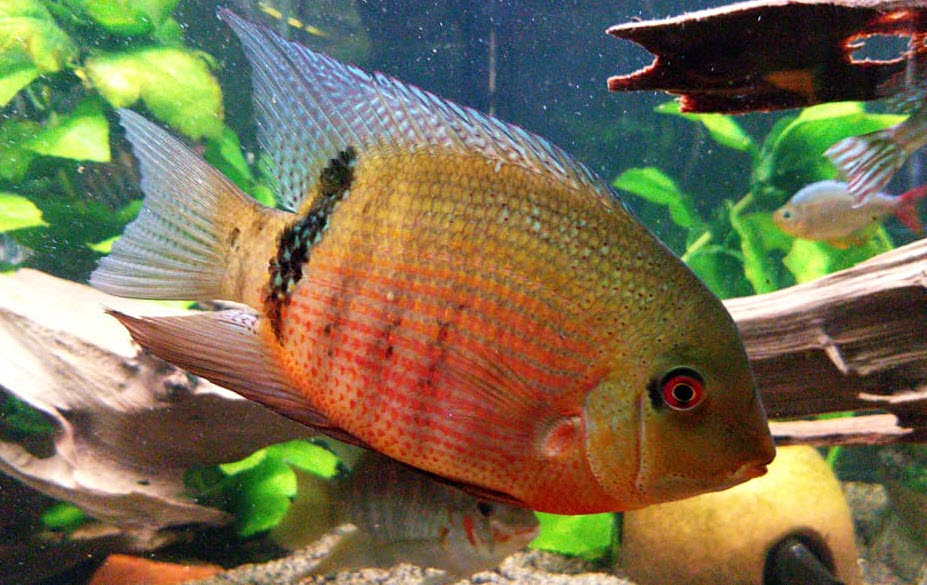
Ammonia Oxidation Test Results
Ammonia was added to forty-gallon aquariums with various filters. The resulting ammonia levels were measured three days later, and the amount of ammonia added adjusted according to the measured ammonia level. These are the results:

Discussion of Results
This test is easily performed by anyone who wishes to duplicate it.
The “One Inch of Gravel” in this test fairly well puts to rest the idea that the substrate in an aquarium acts as an ammonia oxidizer. This idea is a myth, per this test. Note that 0.5 is the ammonia that a few three- or four-inch fish would put out, so it is possible to have an aquarium with no filter in it and no ammonia. It is just that the stocking must be very light. A gravel substrate is a very weak bio-filter.
The research literature supports this conclusion: “Temporal and Spatial Stability of Ammonia-Oxidizing Archaea and Bacteria in Aquarium Biofilters”, Bagchi et. al., 2014:
“Nitrogen balances for three freshwater aquaria showed that active nitrification by aquarium biofilters accounted for ≥81–86% of total nitrogen conversion in the aquaria.”
In this test the gravel did 13% of the filtration of a sponge filter. So reasonably active nitrification by aquarium biofilters accounted for 87% of total nitrogen conversion in aquariums by this test. This is right in line with Bagchi’s research.
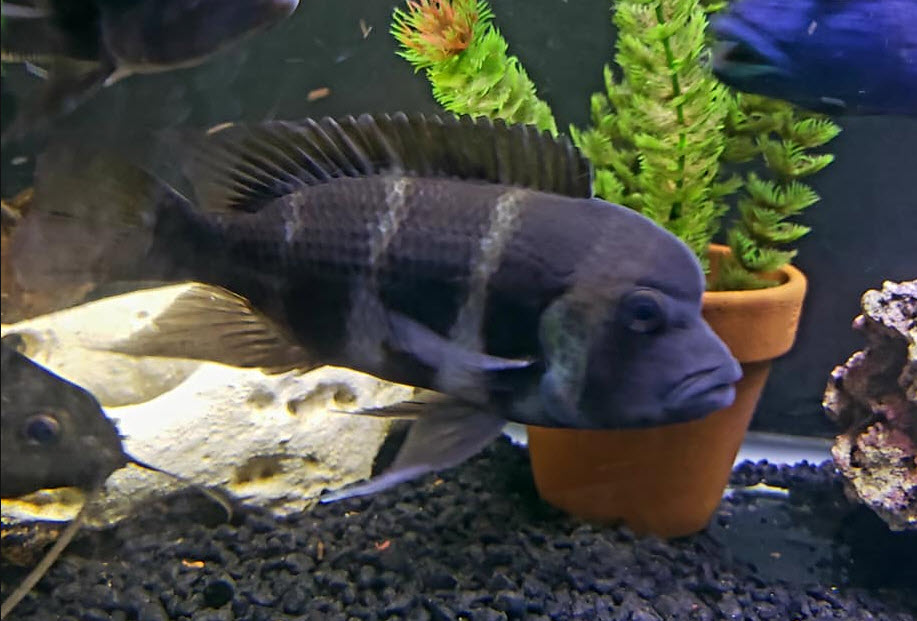
Test Procedure
To test the ammonia oxidizing capability of various aquarium filters eight forty-gallon aquariums were set up (actually four forty-gallon aquariums set up twice).
The recommended filter media was put in various filters (sumps got K1 both static and fluidized), A cup of brown water from the squeezing of several established sponge filters was added to each aquarium.
Each of the aquariums was filled to the brim with 8.1 pH well water. The level was only topped off when it dropped. The media was not cleaned during the test nor was the water changed. Nitrates and nitrites were not measured nor was the pH measured (8.1 pH well water won’t vary much in pH).
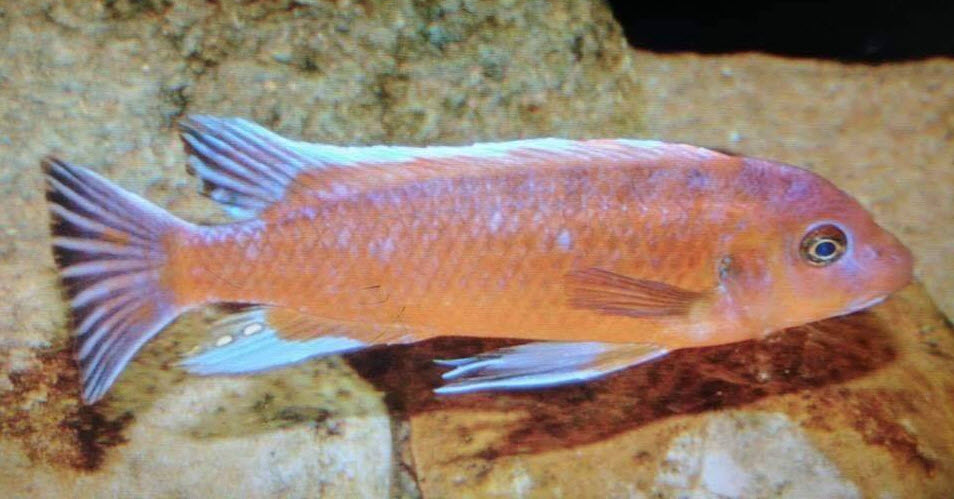
Each aquarium had four ppm of ammonia added every day for the first eight days to start the cycle. Each aquarium also had one tablespoon mono calcium phosphate added initially to provide phosphate for the beneficial bacteria.
A dilute test solution of ammonium chloride was made up. One hundred grams of BASF ammonium chloride was dissolved in one liter of distilled water. This solution was stored in a refrigerator. Once a week eight drops of this ammonium chloride solution was added to a fresh one gallon jug of distilled water. This solution was than added to the test tanks in milliliters.
After nine days, if the ammonia test was at or below 0.5 ppm. the number of milliliters added was doubled. If the ammonia test was between 0.5 ppm and 4.0 ppm. the number of milliliters was kept the same. Above 4.0 ppm and above of ammonia, the number of milliliters was cut in half. The ammonia level was measured every three days. Ammonium/ammonia nutrient solution was added accordingly daily. The test was run for 90 days.
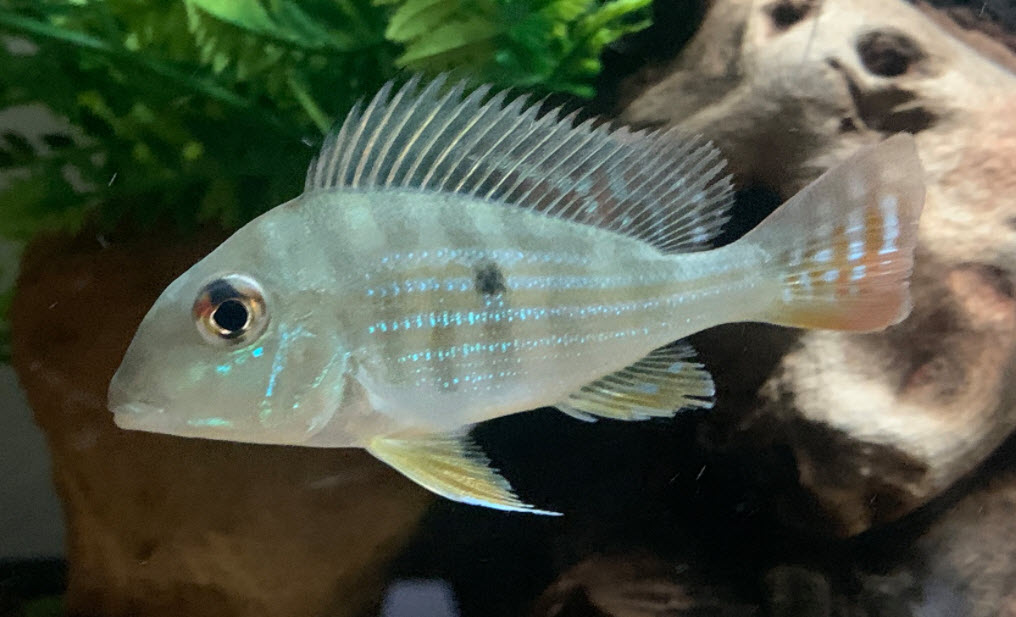
Test Equipment:
- 8 forty-gallon Aquariums (actually four aquariums used twice), six aquariums being bare bottom.
- Well water (pH of 8.1)
- BASF ammonium chloride dissolved in distilled water.
- Various Filters
- No filter, only an air stone with 1 inch gravel
- Marineland Penguin Bio-wheel Power filter 200 GPH
- Aquaneat Aquarium Bio Sponge Filter 60 gallon air operated
- Seachem Tidal Power Filter 55
- SunSun HW304B Canister filter
- Pen Plax Premium Under-gravel filter, 40-55 gallon with one inch of aquarium gravel with air stone lift
- Homemade ten-gallon sump 2 chamber with no mechanical filtration, filled with stationary K1 media
- Homemade ten-gallon sump 2 chamber with no mechanical filtration, filled with 60% fluidized K1 media
Various metric syringes and graduated measuring cylinders.
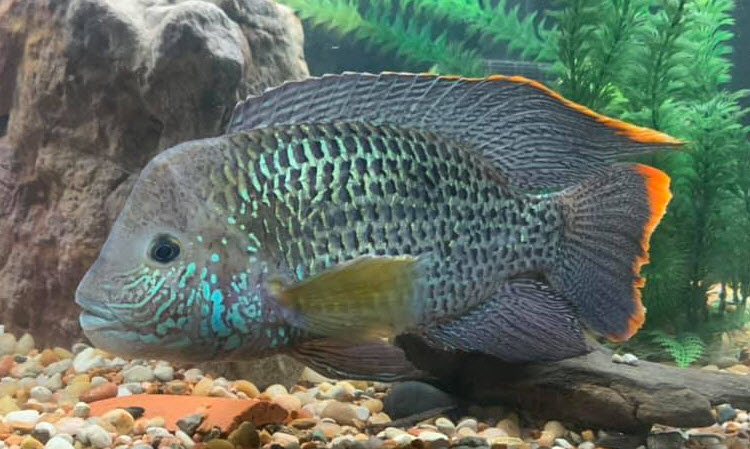
First Cleaning Test
Another test looked at the ammonia oxidation capabilities of various cleaned sponge filters. The sponge filters were set up in five-gallon buckets for the test. One bucket aquarium was set up with only about one inch of aquarium gravel in the bottom of the bucket and no sponge filter. This bucket only had an air stone in it. This was the “control” and was designed to test the hypothesis that substrate acts as a biofilter.
Test Equipment:
- ten five-gallon orange Home Depot Buckets
- air pump and air tubing
- nine mini sponge filters
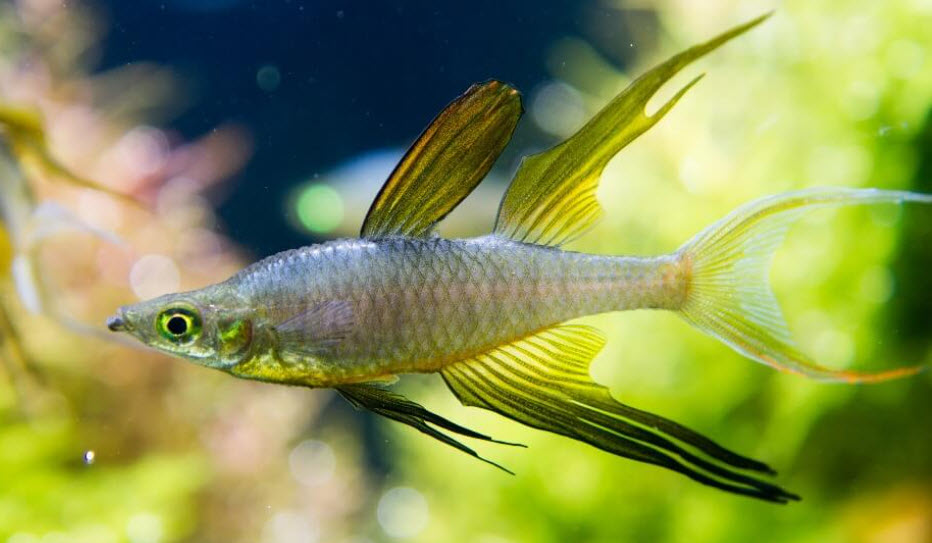
Test Procedure
The sponges were cycled for four weeks using ammonia and powdered protein and inoculate from an established sponge filter. The bucket with aquarium gravel had a large amount of brown “soup” from established sponge filters added to seed the gravel with beneficial bacteria.
A “squeeze test” was then run on nine sponge filters. Well water was used. Therefore chlorine was not a concern. Each sponge filter was thoroughly squeezed under running tap water for a set number of times (0 times to 8 times).
The filters were then put back into their respective pails and a time to cycle test run. Eight ppm of ammonia was added every three days. The ammonia levels were then measured after three days of running and every three days thereafter, just prior to adding new ammonia.
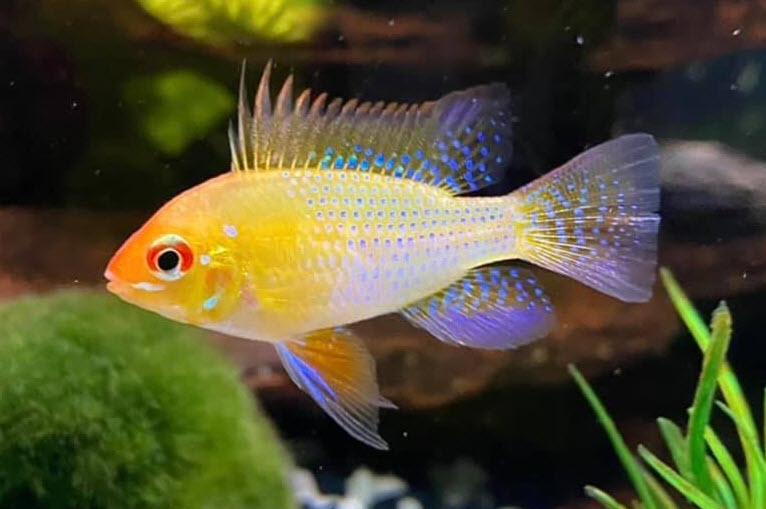
Results
This is the results of the test in ppm of ammonia:

This test puts to bed the myth that substrate can cycle an aquarium without a filter in the aquarium. The control with the substrate alone did not cycle at all in 21 days, despite being seeded with brown gunk from an established filter.
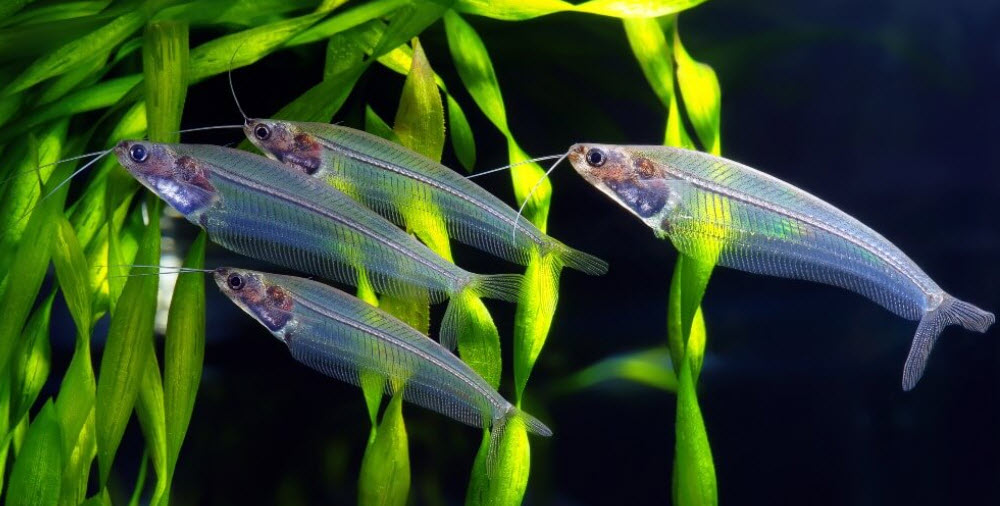
.
Return to Filtration Menu
.
Aquarium Science Website
The chapters shown below or on the right side in maroon lead to close to 400 articles on all aspects of keeping a freshwater aquarium. These articles have NO links to profit making sites and are thus unbiased in their recommendations, unlike all the for-profit sites you will find with Google. Bookmark and browse!
.

Leave a Reply